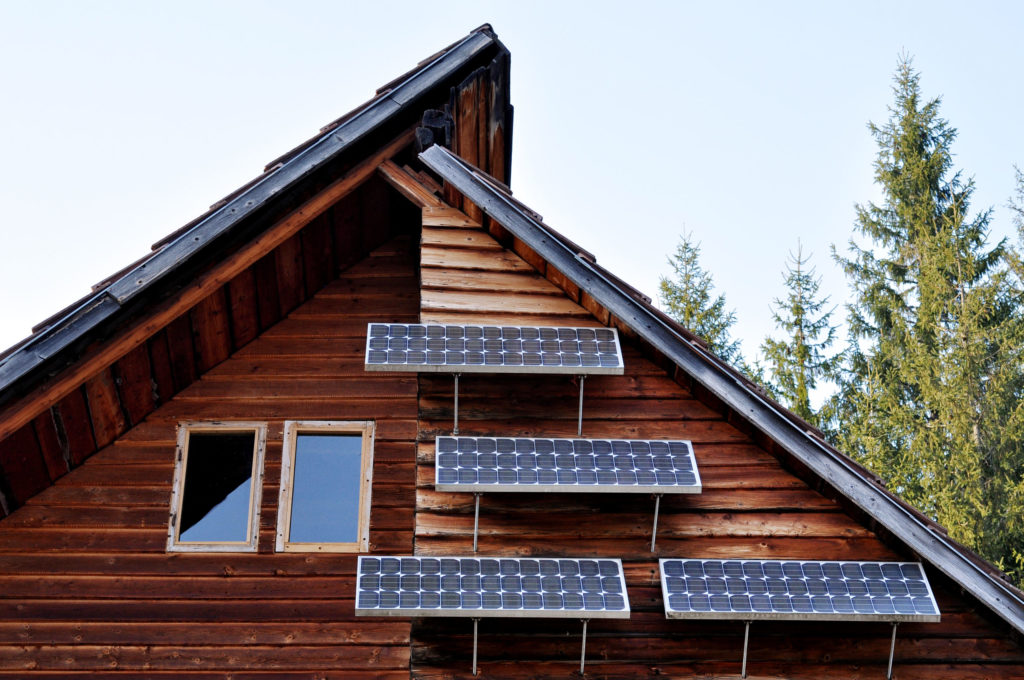If you’re considering switching to solar power, you may wonder if it’s possible to power your entire home with solar panels. The short answer is yes, solar panels can power your entire home, but there are a few things to keep in mind before making the switch. Keep reading to learn more about solar panels and whether they’re right for you.
What are solar panels?
Solar panels convert sunlight into electrical energy. This electrical energy can be used to power devices or appliances in your home or sent back onto the grid, where your utility company will pay you for that energy. The amount of electricity a solar panel produces depends on its size, the angle at which it is installed, and how much sunlight it receives. There are many tax incentives for installing solar panels. The federal government offers a 30% tax credit for solar panel installations.
There are also many state and local incentives available. Some states offer a cash rebate for installing solar panels, and others offer a tax credit or deduction. Local governments often offer property tax exemptions for renewable energy systems like solar panels. Spectrum is a company that offers Internet and phone service that runs on solar power.
With Spectrum internet and home phone solar program, customers can choose to have their homes powered by renewable energy from the sun. Customers receive a credit on their monthly bill for each kilowatt hour (kWh) of electricity their solar panels generate.
What are the different types of solar panels?
Solar panels can be used to power homes and businesses. There are two types of solar panels: photovoltaic (PV) and thermal. PV solar panels convert sunlight into electricity. Most residential solar systems are PV systems. A typical PV system has a panel array mounted on the roof that faces south or southeast. The panel array consists of several panels connected by cables to a control unit, called an inverter.
The inverter converts the PV panels’ direct current (DC) output into alternating current (AC), which your home uses. The size of a PV system depends on the amount of electricity you need. Most homes require about 5 kilowatts (kW) of AC power, but some may need as much as 10 kW or more. Your installer will size the system based on your electricity needs and the sunlight available at your site. Thermal solar panels use sunlight to create heat.
Thermal solar systems are not as standard as PV systems, but they can be used to provide hot water or space heating for a home or business. A thermal solar system usually includes one or more collectors mounted on the roof, a storage tank, and a pump/controller unit. The collectors capture energy from the sun and use it to heat water or air inside the house.
Can solar panels power your entire home?
You should use solar panels, but can they power your entire house? Most homes in the United States use between 500 and 1,000 kWh of electricity per month. To completely power a home with solar panels would require an array large enough to produce that much electricity. However, solar panels can provide a good portion of the electricity needed to power a home; depending on your location and how much sunlight your panels receive, they could provide anywhere from 25% to 100% of what you need.
To find out how much electricity you use daily, you can look at past electric bills or use a tool like Energy Star’s Portfolio Manager. Once the amount of electricity needed is known, solar panels can be sized accordingly. Sizing a system for your home can be complex, so it’s best to consult a solar installer who can help you assess your needs and recommend the right size and type of system for your home.

